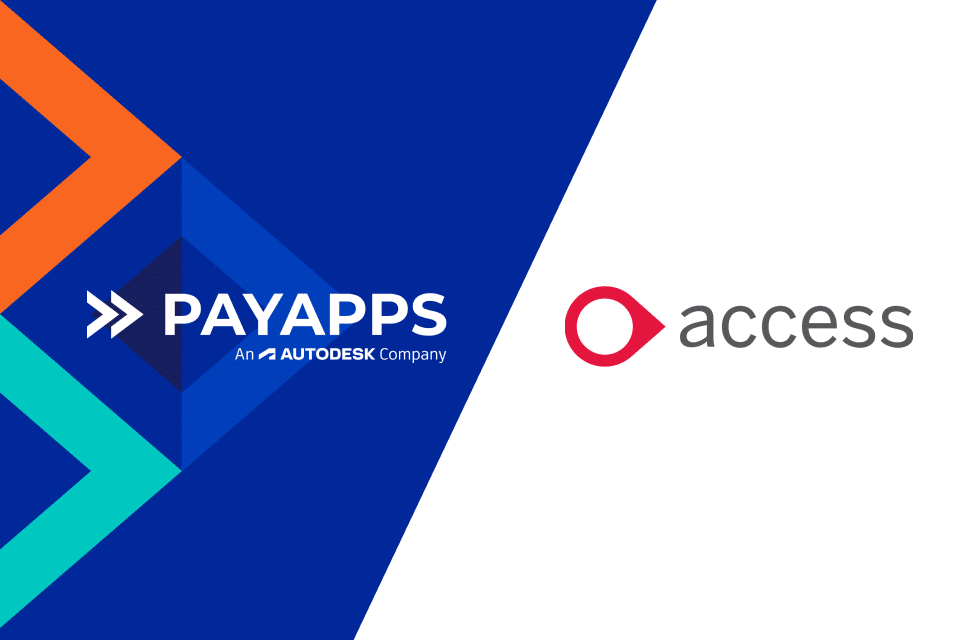Having a clear understanding of these notices can help to avoid misunderstandings, protect the interests of all parties involved, and foster a smoother payment process. In this post, we will explore what Payment Notices and Pay Less Notices are, the differences between them, and their roles within the Application for Payment process.
This article is for information purposes only. It is written to raise awareness of Payment Notices and Pay Less Notices and prompt further, more detailed investigation. You must not rely on the information in this article as an alternative to legal advice from an appropriately qualified professional. If you have any specific questions about any such matter, you should consult an appropriately qualified professional.
Payment Notice definition
A Payment Notice is a formal document issued by a paying party (usually the contractor, employer, or client) to notify the receiving party (typically a subcontractor or supplier) with details of the amount due for the work completed during a specific valuation period and how it has been calculated. A Payment Notice must be served by the paying party no later than five days after the Due Date. It is a crucial part of the payment process in construction projects and helps to establish transparency and fairness in the payment cycle.
In some cases, if the paying party fails to issue a Payment Notice within the five-day time limit, a ‘Default Payment Notice’ can be issued by the receiving party. If the receiving party decides not to issue their own Payment Notice, the original application becomes the default Payment Notice, and the ‘Notified Sum’ will be the amount detailed on that application.
Why would a subcontractor issue their own Payment Notice?
In the event the paying party fails to issue a Payment Notice, the receiving party issuing their own Payment Notice may be the preferred option (rather than allowing the original application to become a ‘default’ notice), as it ensures the correct information is present in the event of a dispute to safeguard their right to receive payment for the completed work.
To be valid, a Payment Notice must specify the amount due (the Notified Sum) and contain an explanation and or calculations behind how this ‘amount due’ has been arrived at. The original Application for Payment could become invalid as a default Payment Notice if it fails either of these two simple tests.
By issuing a default Payment Notice in lieu of a timely Payment Notice from a contractor, the subcontractor ensures that the legally required payment information is present if a dispute occurs.
What information does a Payment Notice contain?
A Payment Notice will generally contain the following information (using a Payapps Payment Notice as an example):
-
- Contract details
-
- Contractor contact details
-
- Project name
-
- Work Package
-
- Subcontractor order number
-
- Payment terms
-
- Contract details
-
- Payment Notice reference and issue date
-
- The payment due date
-
- The amount due for payment (the Notified Sum)
-
- Application Contract to Date (total claimed in applications to date)
-
- Valuation details (A breakdown of the work completed and paid and monies claimed)
-
- Any adjustments made
-
- Retentions or other deductions (like Contra Charges), if applicable
-
- Valuation details (A breakdown of the work completed and paid and monies claimed)
Payment Notice template
A Payment Notice template typically uses a structured format to provide clear and consistent documentation of payment-related information, such as the paying and receiving party’s details and payment breakdown.
The Payapps platform offers a user-friendly Payment Notice with pre-formatted templates to ensure that all necessary information is included, making it easier for both the paying and receiving parties to understand the financial information in the notices.
Payapps also delivers email reminders and notifications to keep teams up-to-date and on track to deliver Payment Notices and Pay Less Notices, helping to support compliance with contractual timelines and legislation, reducing the risk of disputes, and streamlining the overall management of Applications for Payment.
What is the role of Payment Notices in the application for payment process?
Payment Notices play a vital role in the Application for Payment process by providing clear documentation of the amount due to be paid to the receiving party. This helps to minimise disputes and ensures that all parties are aware of their financial obligations.
As mentioned previously, Payment Notices must be issued within a specific time frame, not later than five days after the Due Date.
Looking for more information on Application for Payment? Read our in-depth guide to the Application for Payment process.
What is a Pay Less Notice?
A Pay Less Notice, on the other hand, is issued by the paying party when they intend to pay a lesser amount than the sum stated in the original Payment Notice or Application for Payment. It serves as a mechanism to dispute the claimed amount, often due to disagreements over the value of completed work or other contract-related issues. The Pay Less Notice must contain details on how the new total was calculated and explain each adjustment that has been made.
What information does a Pay Less Notice contain?
A Pay Less Notice generally contains the following information:
-
- The amount the paying party intends to pay, which is less than the amount stated in the Payment Notice
-
- A detailed explanation of the reasons for the reduced payment, such as discrepancies in the work completed, quality concerns, or contractual disputes
-
- Any supporting documentation or evidence to justify the reduced payment
-
- The revised payment Due Date, if applicable
What is the Role of Pay Less Notices in the Application for Payment Process?
As well as providing a way for the paying party to dispute the amount claimed, a Pay Less Notice helps to protect the paying party from overpaying and ensures that both parties have a clear understanding of any disagreements regarding payment amounts.
Like Payment Notices, Pay Less Notices also must be issued within a specific time frame. A Pay Less Notice must be served within the timeframe stated on the contract or no later than seven days before the Final Date for Payment as detailed in the Scheme for Construction Contracts.
The responsibility for issuing them lies with the paying party, which is usually the contractor, employer, or client, and if they fail to submit the Pay Less Notice on time, they have missed the opportunity to challenge the sum in the Payment Notice (or the original Application for Payment) and must pay the full amount by the Final Date for Payment.
If a subcontractor disputes the Pay Less Notice and no agreement can be reached between both parties, the subcontractor can refer the dispute to adjudication, with a decision to be delivered within 28 days.
Can a Payment Notice be a Pay Less Notice?
In some cases, a Pay Less Notice could be the first notice indicating an intention to pay a lesser amount due to disagreements or disputes with the work.
The Pay Less Notice must include all the necessary information required, such as the revised payment amount (vs the application, as there has not been a Payment Notice issued), reasons for the reduced payment, and supporting documentation. It will also make the subcontractor’s initial application the Default Payment Notice.
However, it is essential to note that the construction contract and applicable laws should be considered, as they may stipulate specific requirements for Payment Notices and Pay Less Notices. To ensure compliance, it is always best to refer to the contract terms when issuing notices, and a Payment Notice followed by a Pay Less Notice is the established order (and the process Payapps follows).
In summary: Construction Act payment notices
Understanding and correctly utilising Payment Notices and Pay Less Notices are crucial aspects of the construction payment process. These legal documents communicate payment-related information between the paying and receiving parties, providing transparency throughout the project. While Payment Notices inform the receiving party of the amount due for completed work, Pay Less Notices are issued when the paying party disputes the claimed amount and intends to pay a lesser sum.
Proper documentation and management of Payment Notices and Pay Less Notices are vital for minimising disputes, protecting financial interests, streamlining the payment process, and fostering trust between parties involved in construction projects.





